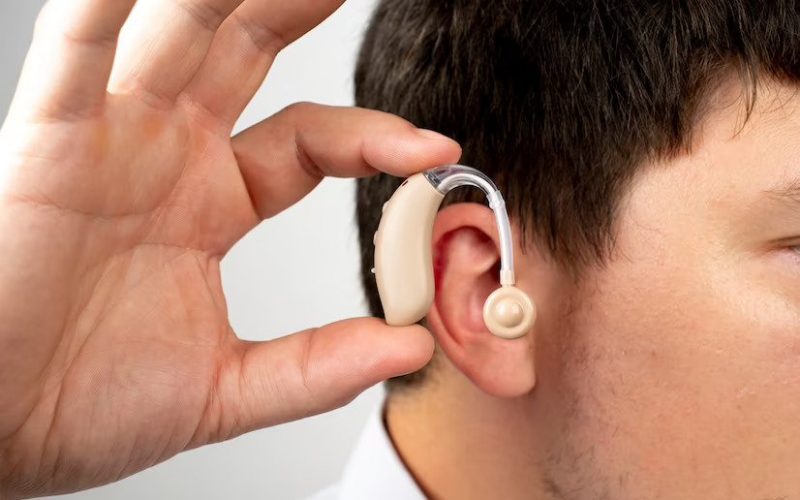In a world filled with the symphony of life, hearing is more than a sense—it’s a gateway to connection, communication, and understanding. For those with hearing impairments, this gateway can become clouded, making everyday interactions challenging خرید آنلاین سمعک. Yet, thanks to advancements in technology, the evolution of hearing aids has been transformative, restoring not just sound, but a sense of belonging and participation in the world.
The Evolution of Hearing Aids
Hearing aids have come a long way since their humble beginnings. The history of hearing assistance can be traced back to the 17th century, when the first ear trumpet was created, a simple yet revolutionary device that amplified sound for the hard of hearing. Over the centuries, these devices evolved in form and function, from the mechanical hearing aids of the 19th century to the electronic aids of the 20th century, which marked a significant leap forward in terms of amplification and portability.
Today, modern hearing aids are sophisticated pieces of technology, leveraging digital processing to enhance sound quality, filter out background noise, and even adapt to different environments. They come in various styles, from behind-the-ear to completely-in-the-canal, catering to individual needs and preferences.
The Impact on Quality of Life
The impact of hearing aids on the quality of life cannot be overstated. For many wearers, hearing aids open up a world of previously inaccessible sounds—the laughter of loved ones, the melody of music, the chirping of birds—that enrich everyday experiences. They enable clearer conversations, both in person and over the phone, fostering better communication and reducing feelings of isolation.
Beyond social benefits, hearing aids also contribute to overall health and safety. Improved hearing can lead to increased awareness of one’s surroundings, making activities like driving or crossing the street safer. Additionally, recent studies have shown correlations between untreated hearing loss and cognitive decline, making early intervention with hearing aids not just beneficial, but crucial for long-term brain health.
Overcoming Stigma and Misconceptions
Despite their benefits, hearing aids have faced stigma and misconceptions. Some view them as symbols of aging or disability rather than tools for empowerment. However, this perception is changing as technology advances and cultural attitudes shift towards inclusivity and accessibility. Increasingly, hearing aids are being embraced as devices that enhance rather than diminish quality of life, much like glasses for vision.
Looking Ahead: Innovations in Hearing Technology
The future of hearing aids is bright with possibilities. Innovations in artificial intelligence are paving the way for smarter devices that can learn and adapt to individual preferences and environments in real time. Bluetooth connectivity allows hearing aids to sync with smartphones and other devices, opening up new opportunities for integration and control. Moreover, miniaturization and improved battery life continue to make hearing aids more discreet and convenient than ever before.
